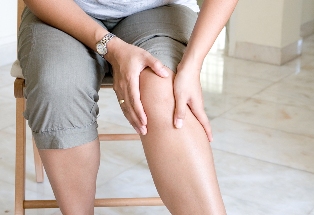
Bariatric surgery benefits many aspects of our lives. Since weight loss is the primary goal and result, carrying less weight on your frame will relieve pain in your joints.
Osteoarthritis (OA) is a common ailment of people who struggle with obesity. Associated symptoms, such as joint stiffness and pain may be positively impacted after gastric bypass surgery, according to a study presented at the American Academy of Orthopaedic Surgeons’ annual meeting.
Researchers examined knee pain and physical function in 20 people who had osteoarthritis symptoms in their knees and also underwent gastric bypass surgery. Then they compared them to 40 patients who had total knee replacement surgeries.
The groups were matched two-to-one according to age, gender and BMI. They took a look at the patients symptoms before their surgeries, six months after they had surgery, and a year after. What they found was that patients who had gastric bypass surgery saw the same, and sometimes better, reduction of knee pain and improved physical function as those who had a total knee replacement.
Six months after surgery. Improvements in pain from both groups were very similar. The bariatric group had a mean 49.9 percent improvement in their knee pain. The total knee replacement group experienced a 58.3 percent average improvement in pain symptoms.
After one year. The bariatric group kept pace after a year. The gastric bypass group reported a 62.7 percent mean pain improvement, while the knee replacement group reported a 68.2 percent improvement.
Physical function improvement. This is where the gastric bypass group beat out the total knee replacement group, and in a resounding manner. Six months after having bypass surgery, physical function improved by an average of 66.3 percent. Those who had knee replacement surgery only saw a mean improvement of 46.7 percent.
The knee replacement group made up a little ground after 12 months. A year after their gastric bypass surgery, the bariatric patients reported an average improvement in their physical function of 68.4 percent. The average improvement in physical function for the the total knee replacement group was 51.5 percent.
You May Also Like